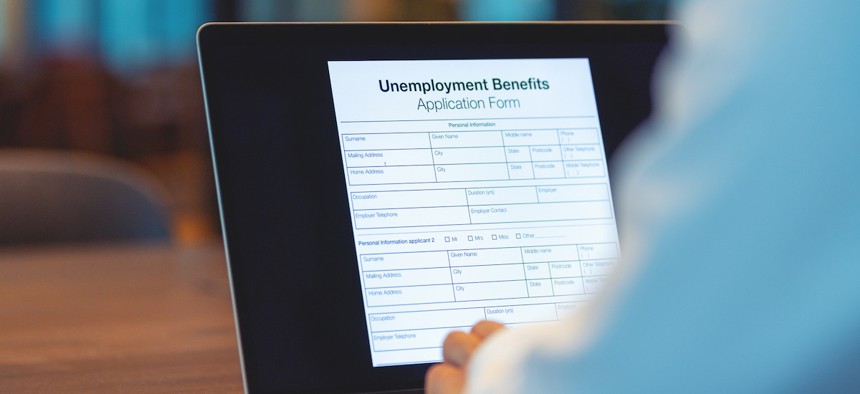New tool aims to help state and local governments collaborate on benefits modernization

courtneyk via Getty Images
The federal government’s move to cut spending for public benefits could hinder state and local efforts to modernize them. A new resource aims to help agencies connect with like-minded organizations to continue their efforts.
In the wake of President Donald Trump’s signing of the “big, beautiful bill,” public benefits administrators at the state and local level could face significant budget and funding cuts, which could impede the service delivery of crucial resources that millions of Americans rely on.
The bill will reduce federal spending for programs like Medicaid and the Supplemental Nutrition Assistance Program by an estimated $1.4 trillion, according to the Bipartisan Policy Center.
For benefits administrators in state and local governments, the cost cuts could impede their progress to modernize digital benefits systems to improve their efficiency and accessibility, Jennifer Phillips, program lead for network collaboration at the Beeck Center's Digital Benefits Network, explained.
“It’s probably really scary to be … in a public serving agency right now — when certain modernization projects might have been underway, and now there’s a pause button that’s being hit because of budgetary and other policy constraints — trying to keep that momentum going,” she said.
In a bid to support the public and private sector’s efforts to continue enhancing public benefit systems and services, the Beeck Center released a digital benefits ecosystem directory and map that aims to help organizations in the space to find other practitioners that are innovating public benefits and services.
Users can search for an organization directly through the directory or filter searches by sector, the type of work they’re doing — like events, technical assistance or design — and benefit programs, such as Medicare, Temporary Assistance for Needy Families, unemployment insurance and others. The data is also visualized through the digital map, which Philips said can help practitioners identify gaps in types of work or a lack of attention to certain benefits programs.
Broadly speaking, the directory offers a way to capture how evolving partnerships across government, nonprofits, the private sector and other stakeholders can drive the innovation of benefits programs to make them more accessible and efficient, Phillips said.
For a state agency leader, for instance, the directory can help streamline the research process to find a civic tech company that can aid with a modernization project. The directory also includes philanthropic organizations and other stakeholders that government users can seek funding from.
“As administrators of public programs, we rely on trusted connections beyond our organization — and [the Digital Benefits Ecosystem Directory and Map] platform makes that possible instantly,” said Michele Thomas, food and nutrition manager at the Virginia Department of Social Services, in a statement. “Its ability to connect us with colleagues across the ecosystem fosters meaningful collaboration that drives innovation and leads to stronger, more effective service delivery for the people we serve."
The platform leverages data collected by the Beeck Center but also allows users to submit their own organization data to be included in the directory. Currently, more than 700 profiles have been added to the resource, Phillips said.
The directory builds upon the center’s digital government hub, which is a database of resources, case studies and implementation tools to improve digital access to public benefits and services. While the hub presents best practices, the directory highlights best practitioner organizations in the digital benefits ecosystem, she said.
Navigating the ever-changing public benefits ecosystem can feel like “you’re in the trenches, and it’s hard work,” Phillips said, adding that she remains hopeful that resources like the benefits directory and map offers a tool for leaders “to make connections that can accelerate your progress, your momentum, the change.”
NEXT STORY: BEAD critic Arielle Roth confirmed to lead NTIA






